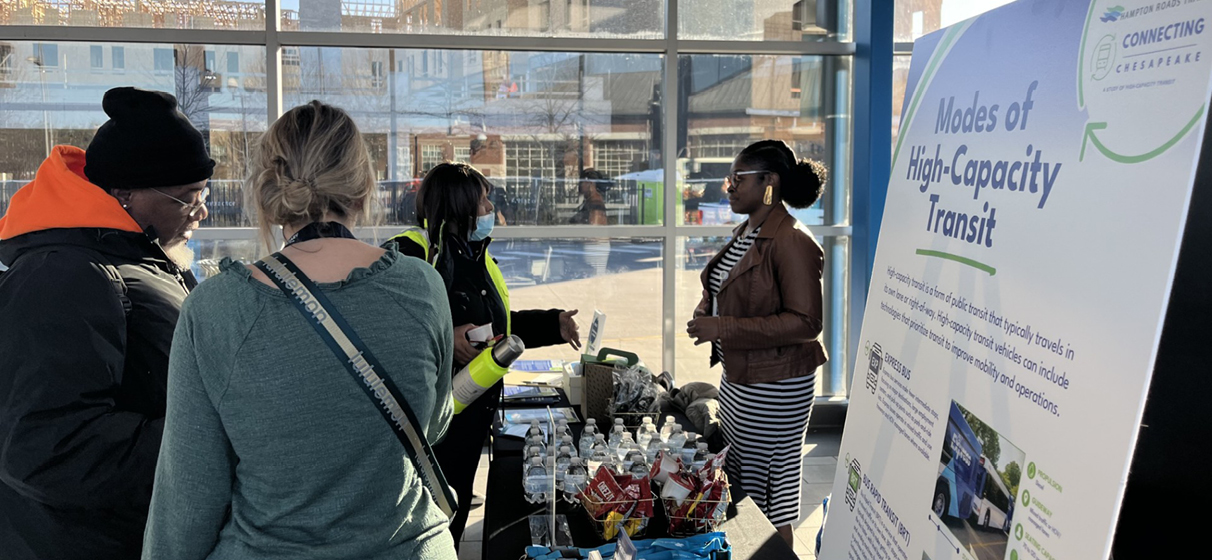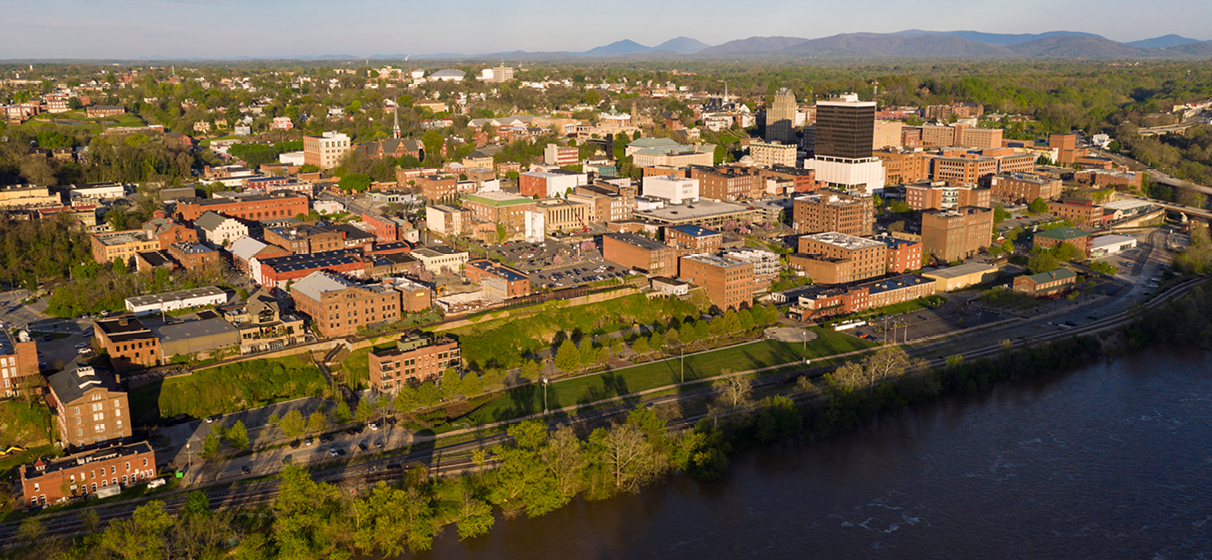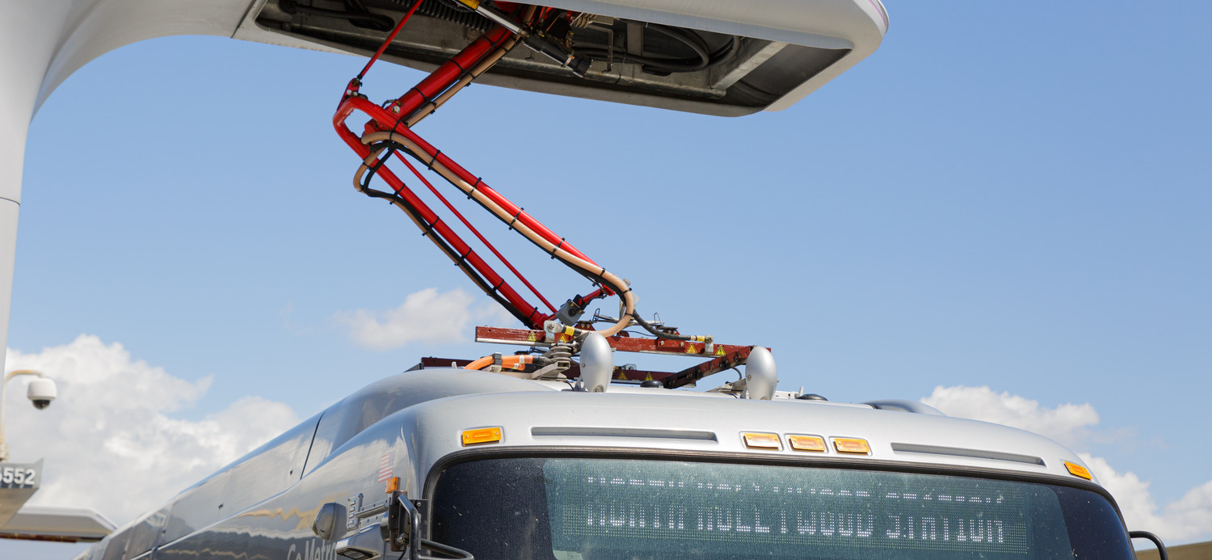In Virginia’s Hampton Roads region, where historic waterways meet a fast-growing urban fabric, the future of mobility is top of mind for communities striving to stay ahead of growth and change. With nearly 30,000 weekday riders in 2024, Hampton Roads Transit (HRT) plays a central role in shaping the region’s transportation future – through bus and ferry systems, paratransit and Virginia’s only light rail system, The Tide.
The City of Chesapeake, the second-most populous city in the Commonwealth, and one of its largest by land area, has experienced particularly dynamic growth. With its unique blend of protected natural areas and emerging urban centers like Greenbrier and Summit Pointe, the city’s mobility needs are evolving just as quickly as its land use patterns. Recognizing that long-term transit solutions would be essential to managing that growth, HRT and the City of Chesapeake launched the Connecting Chesapeake Study to assess high-capacity transit options that could support the city’s growth and development goals, enhance regional and internal connectivity and address long-term mobility needs for all area residents.
Our team at STV has had the opportunity to lead this study for the past two years, building on a long-standing partnership with HRT that spans nearly a decade. Throughout that time, we’ve consistently supported HRT across a range of projects – from design work for The Tide extensions to Virginia Beach and to Naval Station Norfolk to comprehensive safety and security support services. We’ve conducted bus facility assessments across Norfolk, Hampton, Newport News and Virginia Beach, and provided long-range planning and design services through an on-call A/E contract. Together, these projects have given our team a deep understanding of the agency’s priorities, operations and service area.
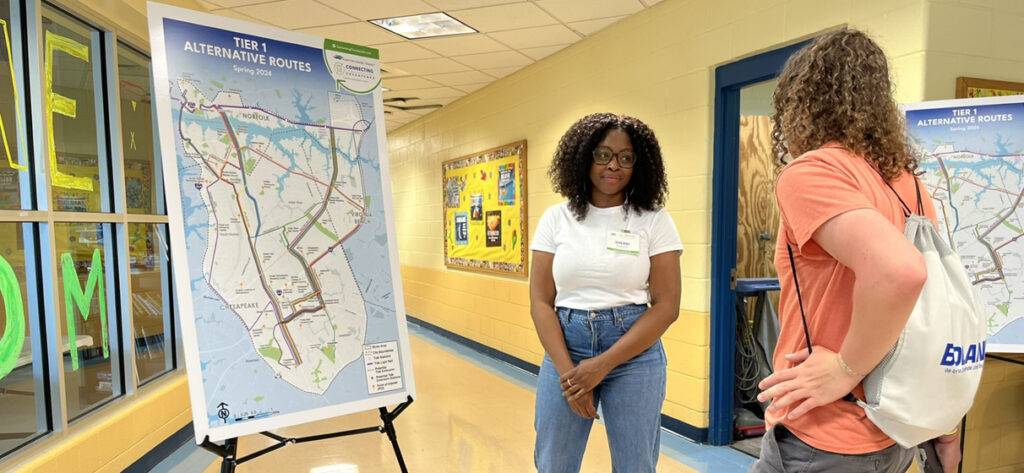
The Connecting Chesapeake Study is a continuation of HRT planning efforts in the late 1990s and early 2000s, when high-capacity transit options were initially explored for the city. At the time, the city lacked the development density needed to support a major transit investment. But twenty years later, with shifting development patterns and growing demand, the city and HRT saw an opportunity to revisit those ideas – and make the case for high-capacity transit in a fast-changing environment.
Since Spring 2023, our team has led a two-tiered screening process to evaluate potential transit corridors and modes, including light rail transit (LRT), express bus and bus rapid transit (BRT). One of the central goals of the study is to connect major activity centers in Chesapeake – such as the Greenbrier area and Summit Pointe development – with HRT’s existing light rail system and other regional transit options.
From an initial set of 16 conceptual alignment alternatives, our Tier 1 analysis narrowed the field to four options. A more detailed Tier 2 evaluation further assessed those alternatives against ridership forecasts, right-of-way needs, traffic impacts, high-level design concepts, construction costs and land use compatibility – ultimately identifying two preferred corridors for potential future investment, which we presented to the City Council in March. We’re now finalizing the study report, which HRT and the city can use to guide future investment decisions.
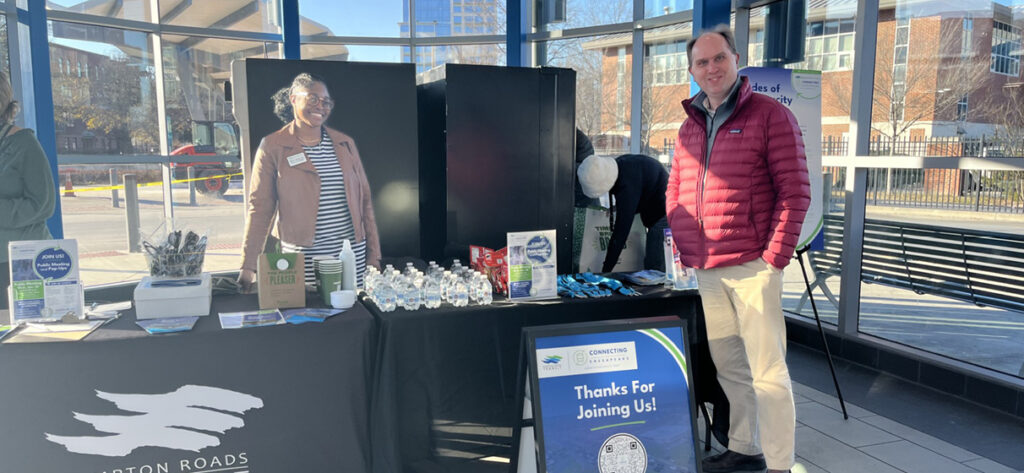
Community engagement has been a cornerstone of this process, with a focus on building long-term support for transit investment in the city. HRT and STV’s outreach and engagement strategies team, in partnership with a DBE public involvement firm, worked hand-in-hand so that outreach – from public meetings and one-on-one stakeholder interviews to a community survey, a dedicated project website and a robust social media campaign – was aligned with the project’s goals and needs. We conducted targeted outreach to major employers and community organizations, supported pop-up community events and hosted public forums where community members could share feedback and help shape our final recommendations. HRT’s director of transit development, Sherri Dawson, served as the face of the project, lending a personality to the project and its goals. These efforts successfully created multiple access points for local communities to meaningfully understand and contribute to the study and shape its outcomes.
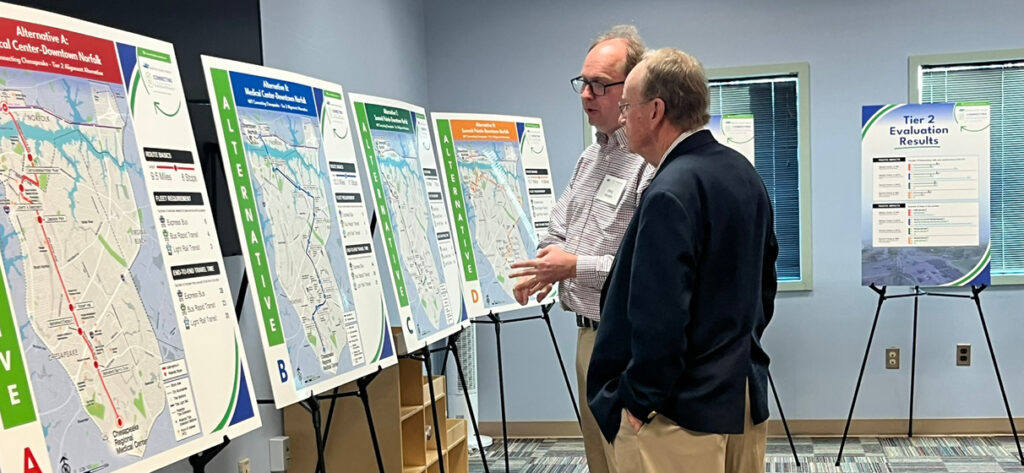
One thing that has made this work especially meaningful is the level of collaboration – both with HRT and with our extended team at STV. In addition to our local planning staff, we drew on the expertise of our national advisory services team, including specialists in outreach and engagement strategies, corridor planning, cities and federal development. This cross-functional approach not only expanded the scope of services we could offer HRT, but also demonstrated the value of integrated planning and engineering support from a single trusted partner.
STV has been working continuously with HRT since 2016, and I’ve personally partnered with the agency for more than two decades. Through each project, including the Connecting Chesapeake Study, we’ve had the opportunity to support thoughtful, forward-looking planning that meets people where they are today – while preparing for what’s ahead. As Chesapeake and the Hampton Roads region continue to grow and evolve, studies like this one lay the groundwork for more connected, equitable and resilient transportation networks. It’s work our team at STV looks forward to continuing.
